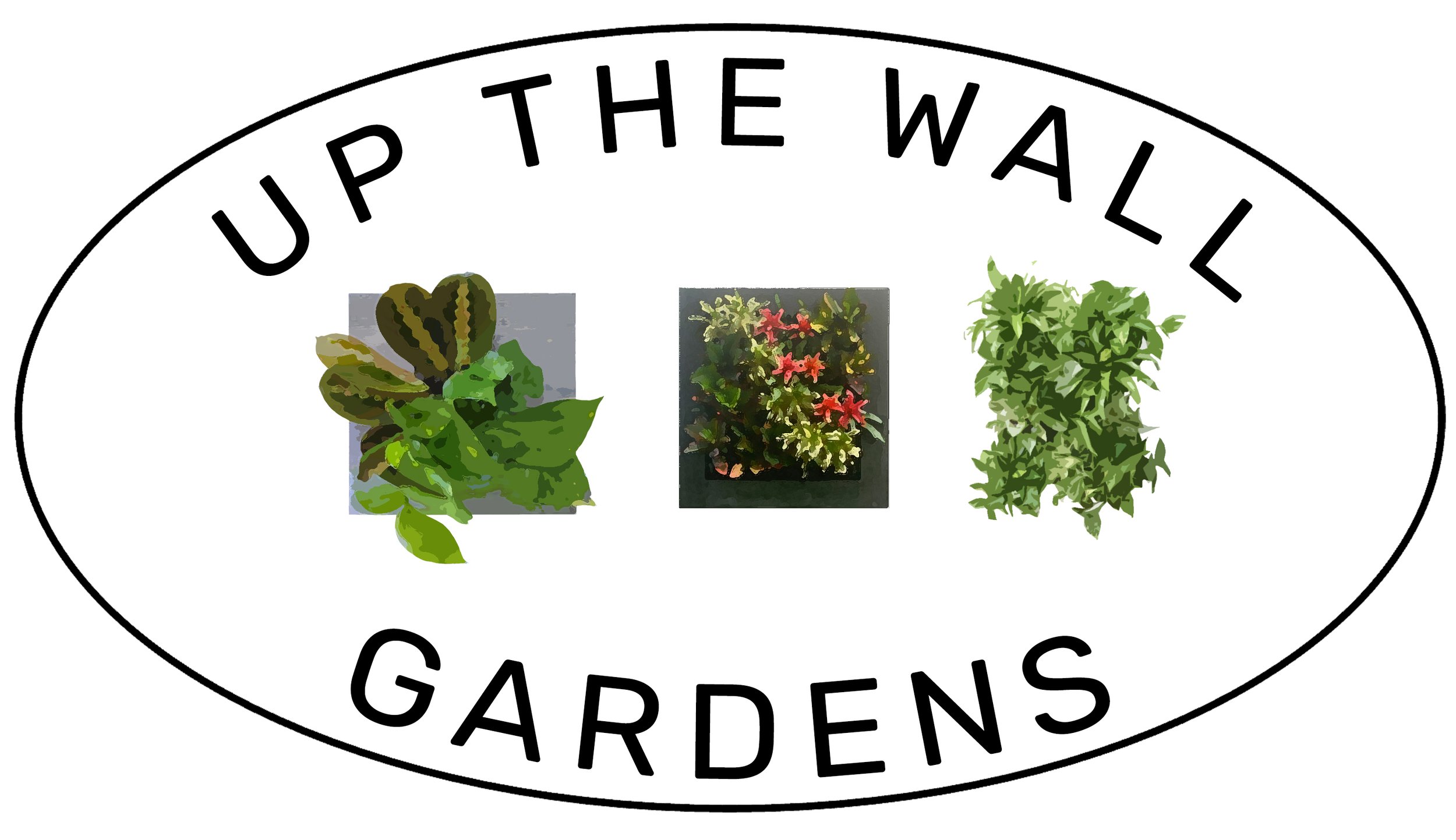Philodendron in review- A guide to plant maintenance and pest control
Philodendron Plant: A Guide to its Care
The Philodendron plant is a popular choice for indoor gardening enthusiasts due to its lush foliage and low maintenance requirements. Here is a comprehensive guide on how to care for this green beauty:
Light Requirements:
The Philodendron plant thrives in bright, indirect light. While it can tolerate lower light conditions, it may result in leggy growth and a reduction in leaf size. Avoid direct sunlight as it can scorch the leaves.
Watering Requirements:
When it comes to watering, strike a balance between keeping the soil evenly moist and avoiding waterlogging. Allow the top inch of soil to dry out between waterings. To prevent overwatering, ensure that the pot has proper drainage.
Soil Requirements:
Philodendrons prefer well-draining potting soil. A mix of peat moss, perlite, and vermiculite works well. The soil should be loose enough to allow water to pass through while retaining enough moisture for the plant's roots.
Temperature Requirements:
These tropical plants thrive in temperatures ranging from 65°F to 85°F (18°C to 29°C). Avoid exposing them to temperatures below 60°F (15°C), as it can lead to stunted growth and leaf damage. Keep the plant away from drafts and sudden temperature fluctuations.
When to Repot:
Repotting a Philodendron should be done when the roots have outgrown the current pot. Look out for signs like roots visible through the drainage holes, roots coiling around the base, or the plant becoming top-heavy and unstable. Repotting is best done during spring when the plant is actively growing.
Choose a pot that is one or two sizes larger than the current one and use fresh potting mix. Gently loosen the roots, remove any damaged or decaying ones, and place the plant in the new pot. Fill in the gaps with soil, ensuring that the plant is at the same soil level as before. Water thoroughly after repotting.
By providing your Philodendron plant with the right light, water, soil, and temperature conditions, as well as repotting it when necessary, you can enjoy a thriving and beautiful plant for years to come. Happy gardening!
Philodendron Common Pests and Disease Control
Like any other plant, they are susceptible to certain pests and diseases. Understanding and combating these issues is essential to maintaining the health and beauty of your philodendron. In this guide, we will explore some common pests and diseases that affect philodendrons and provide effective control methods.
Common Pests:
1. Aphids:
Aphids are tiny, soft-bodied insects that feed on the sap of philodendron leaves. Look out for clusters of small green or yellow insects on the undersides of leaves. To control aphids, you can:
Spray the affected leaves with a mixture of water and mild dish soap.
Use a neem oil solution to suffocate and deter aphids.
Introduce natural predators like ladybugs to your garden.
2. Mealybugs:
Mealybugs appear as small, cottony masses on the leaves and stems of philodendrons. They suck the plant's sap, leading to weakened growth. To eliminate mealybugs:
Dab the affected areas with a cotton swab dipped in rubbing alcohol.
Apply insecticidal soap or horticultural oil to suffocate these pests.
Ensure good air circulation and avoid overwatering, as mealybugs thrive in damp conditions.
3. Spider Mites:
Spider mites are tiny pests that leave webbing on philodendron leaves. They feed on the plant's sap, causing yellowing and wilting. To combat spider mites:
Spray affected leaves with a steady stream of water to dislodge the mites.
Use insecticidal soap or neem oil to control infestations.
Maintain a humid environment around the plant, as spider mites prefer dry conditions.
Common Diseases:
1. Root Rot:
Root rot occurs due to overwatering and poorly draining soil, leading to the decay of the plant's roots. Symptoms include wilting, yellowing leaves, and a foul odor. To treat root rot:
Remove the affected plant from its pot and gently wash the roots.
Trim off any soft and mushy roots.
Repot the philodendron in fresh, well-draining soil, ensuring proper watering practices.
2. Leaf Spot:
Leaf spot is a fungal disease that causes dark, water-soaked spots on the philodendron's leaves. To prevent and control leaf spot:
Avoid overhead watering, as it promotes fungal growth.
Maintain proper spacing between plants for good air circulation.
Remove and discard any infected leaves.
Apply a fungicide specifically formulated for leaf spot if the problem persists.
3. Bacterial Leaf Blight:
Bacterial leaf blight results in brown or black spots surrounded by a yellow halo on the philodendron's leaves. This disease spreads through water splashes, so avoid overhead watering. To manage bacterial leaf blight:
Remove and destroy infected leaves promptly.
Apply a copper-based bactericide to affected areas.
Improve air circulation and maintain proper hygiene to prevent the spread of bacteria.
By staying vigilant and providing regular care to your philodendron, you can prevent and control common pests and diseases. Remember, early detection and swift action are crucial to maintaining the health of your plants. So keep a close eye on your philodendron and provide the necessary care to ensure its longevity and vibrancy.
